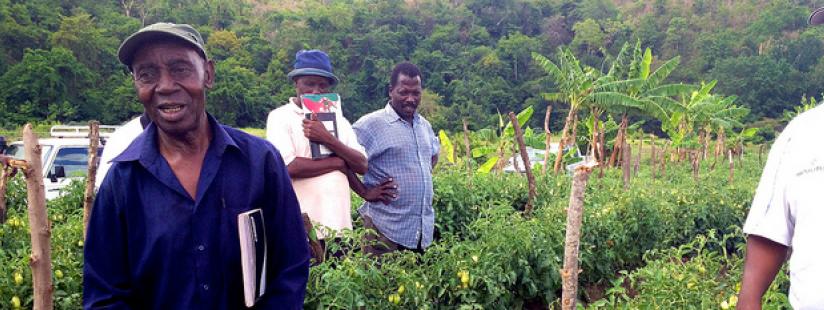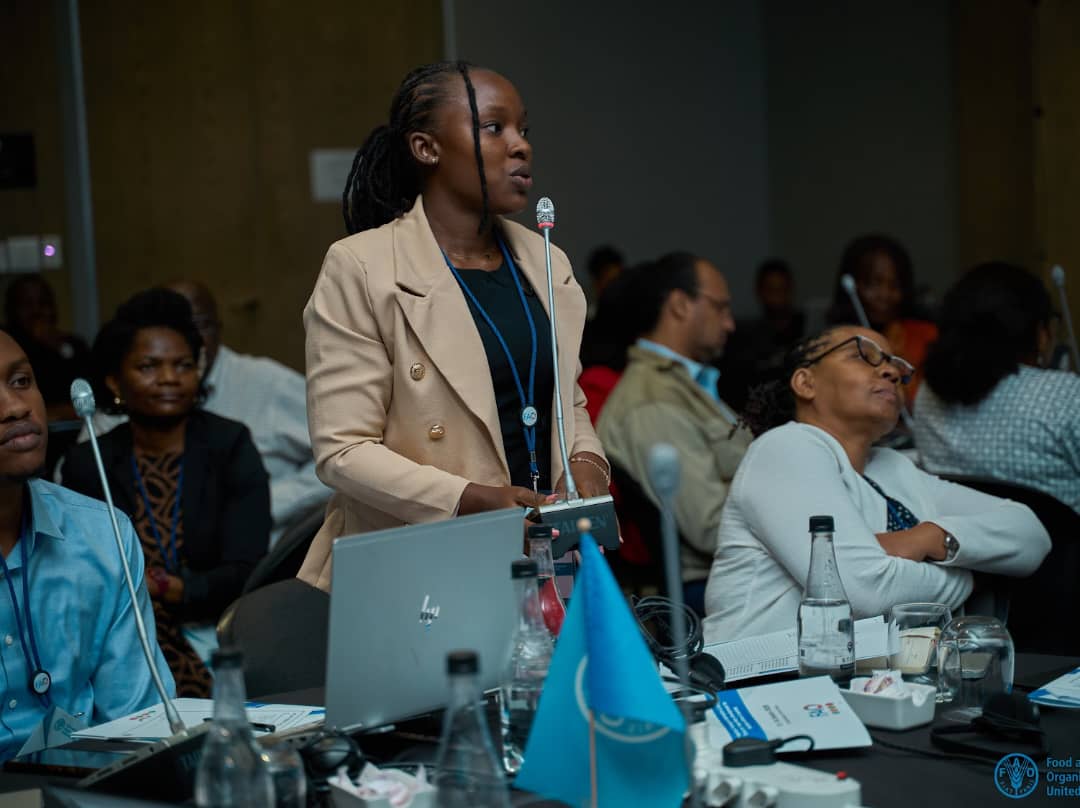Policymakers in developing countries are faced with the challenge of prioritizing public investments to ensure the highest rates of return for society as a whole. Their plans are normally ambitious with a long list of unrealistic programs and unaffordable public investment strategies, which tend to focus on primary agriculture rather than the transformation of the entire agriculture-food system. Within this context, public officials have relied heavily on public spending (largely financed through donor support) and have failed to recognize and leverage the role of the private sector to action growth and transformation. 
Tanzania, in preparation and implementation of the second phase of its Agricultural Sector Development Program (ASDP II), is faced with the same challenges. The plan, while comprehensive, is constrained by unrealistic public expenditure requirements. To ensure the achievement of ASDP II transformation targets, prioritization of public investments that align with realistic government spending is critical. At the request of the national government, the Bill and Melinda Gates Foundation issued a call to develop a unique approach of identifying and prioritizing actionable and affordable market-led, inclusive and transformative public investments strategies.
In answer to this call, the Regional Network of Agricultural Policy Research Institutes (ReNAPRI) members, the Bureau for Food and Agricultural Policy (BFAP) and Sokoine University of Agriculture (SUA), in collaboration with the International Food Policy Research Institute (IFPRI), used a combination of quantitative and qualitative tools in a market-led approach.The depth and granularity of the value chain analysis, in conjunction with the breadth and consistency of the Commutable General Equilibrium (CGE) and Partial Equilibrium (PE) models, resulted in the blending of approaches as shown in Figure 1.
Figure 1: Combined Modelling Approach: Toward a market-led, inclusive agricultural transformation
This first-of-its-kind combined modelling approach enabled the effective prioritization of public investments in primary agriculture and secondary sectors along three criteria; namely, market-led, inclusiveness and agricultural transformation as illustrated in Figure 2.
Figure 2: Ranking of Commodity Value Chains

For example, the coffee value-chain was identified as ensuring the “biggest bang” in terms of inclusive market-led agricultural transformation.
Overall, the exercise and attending results were enlightening. It has provided the ReNAPRI network with an innovative, evidence-based framework to inform policymakers’ investment strategies.
This post was written by Dr. Zena Mpenda, Head of Food and Resource Economics department and was originally published at https://www.agrilinks.org/post/prioritizing-policies-driving-inclusive-agricultural-transformation




